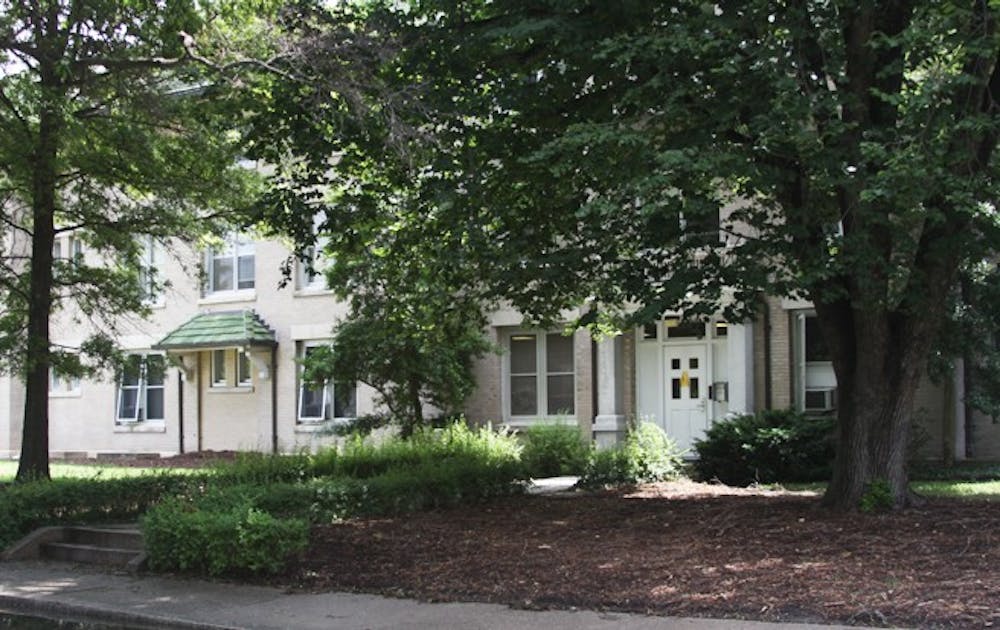Freshman dormitory Aycock will be renamed East Residence Hall, following years of protest over the building's namesake—former North Carolina governor Charles Aycock, a prominent figure in the white supremacy movement in the early 1900s.
President Richard Brodhead announced the decision in a letter to student leaders Tuesday. The change was agreed on by the Board of Trustees' executive committee at a meeting last Friday and comes six months after Duke Student Government passed a resolution supporting the renaming of the dormitory. Representatives from DSG and the Black Student Alliance met with members of the administration to present a formal proposal for the name change.
"The building was named early in the twentieth century on one view of history, and that view of history no longer prevails," Brodhead said. "Given the circumstances, it seems a good time to change the name."
East Residence Hall was the original name of the dormitory, which opened in 1911 when Duke University was still Trinity College. One year later, however, the Board of Trustees decided to change the name to Aycock to honor the former governor, who was in office from 1901-1905.
Aycock had no clear ties to Trinity College, Brodhead noted—he was never a student or employee, and he did not ever donate to the institution.
The decision to name the building after Aycock is touched upon only briefly in the minutes of the Board of Trustees' September 1912 meeting, and no explanation is given for the choice.
"The committee appointed for renaming the new buildings reported as follows: that the East Dormitory be named 'Aycock Hall,' in honor of ex-governor Charles Brantley Aycock," the minutes read, as found in the University Archive.
Michael Schoenfeld, vice president for government relations and public affairs, noted that the name change is effective immediately—when the Class of 2018 receives their housing assignments later this week, East Residence Hall will be listed instead of Aycock for the first time in more than a century.
Responsible for opening and supporting hundreds of public schools, Aycock was known as the "Education Governor" and his name graces buildings at schools throughout the state—including the University of North Carolina at Chapel Hill, East Carolina University and the University of North Carolina at Greensboro.
Aycock's involvement with the white supremacy movement has garnered attention in recent years, sparking dialogue about his legacy, including his statue in the Capitol Building's National Statuary Hall.
To ensure that the change is an educational one, a plaque detailing the history of the name will be placed in the entryway of the dormitory, Brodhead noted.
"We've given this careful thought. One argument is that history is history, and we can't change it by erasing," Brodhead said. "But I don't regard this as an erasure."
The resolution passed by DSG in January suggested that the building be renamed for Julian Abele, who designed much of West Campus and was one of the nation's most prominent black architects in the early 1900s. The University ultimately decided against Abele being the namesake for a building that he did not design, Brodhead said.
"There might be the right circumstances to put his name on something at a future time," Brodhead said of Abele.
Correction: An earlier version of this story stated that President Brodhead announced the change via a letter to the Duke community. The letter was sent only to student leaders. The Chronicle regrets the error.
Get The Chronicle straight to your inbox
Sign up for our weekly newsletter. Cancel at any time.

